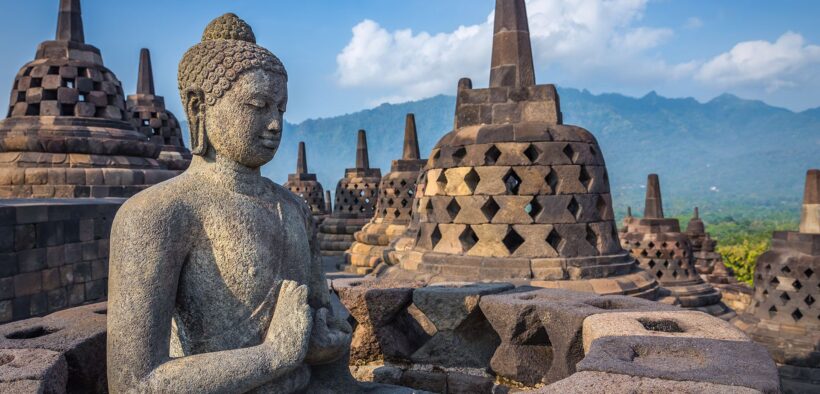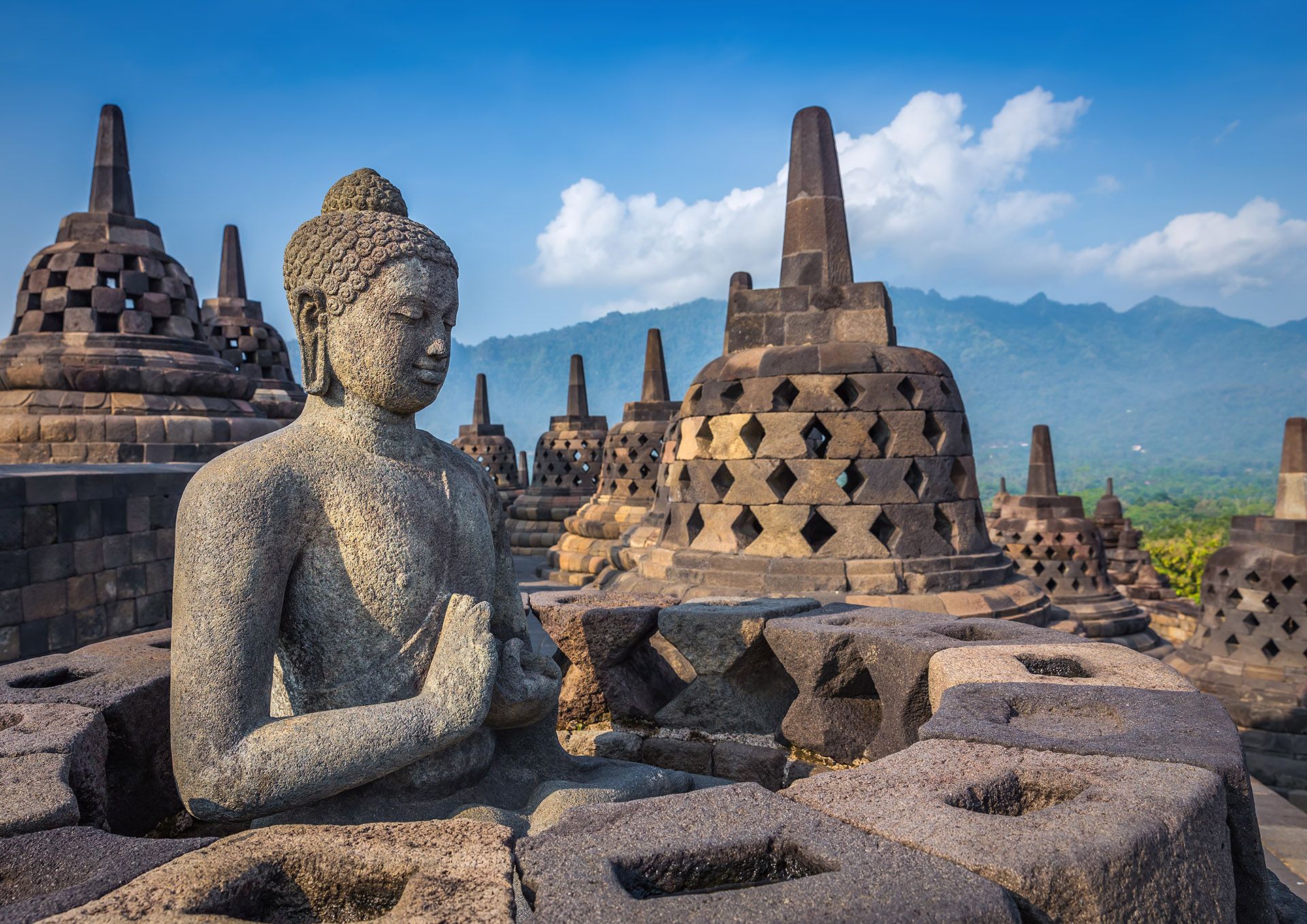Architectural Wonders of India
Share

As a result of the country’s Graet New checkered history, the beyond thousand-plus years have given India a wealthy reservoir of architectural designs. India’s Beyond is a mosaic that mingles designs and ideas from all over the globe. We at Buzzle have compiled a compilation of several of the most fantastic and awe-inspiring architectural wonders from India.
TAGGED UNDER: Architecture India Travel
“So far as I can decide, nothing has been left undone, either by man or nature, to make India the maximum super U.S. that the sun visits on his rounds. Nothing seems to have been forgotten, nothing ignored.”
―Mark Twain
It is difficult to define Indian structure because many creative genius streams have enriched it. During the early centuries of historical India, Sthapatya Shastra and Vastu Shastra had been advanced as the original sciences in the back of building styles and designs. As time passed and vast empires and kingdoms got here and went, every successive ruler attempted to enrich India’s tradition and history by using building and design styles. The Mughals, Rajputs, British, French, Portuguese, and plenty of others who traveled to India for trade or to triumph over and calm down left their indelible mark.

READ MORE :
- Top 5 Features of Android v4.4 KitKat
- Get Ready to Do Some Heart-Pumping, Adventurous Things!
- The Ugly Face of Video Gaming Crossovers in Film
- 8 Different Types of Operating Systems With Examples
- 7 Heavenly Amazing Places to Visit During the Monsoon in India
Keith Bellows from The National Geographic Society, who was blown away by the artistry and appeal of the Indian subcontinent, had this to say:
“There are a few elements of the sector that, as soon as visited, get into your coronary heart and may not go. For me, India is such a place. When I first visited, I was stunned by the land’s richness, lush beauty, and wonderful architecture, using its capacity to overload the senses with the natural, concentrated intensity of its hues, smells, tastes, and sounds… I have seen the sector in black and white and, while delivered face-to-face with India, experienced the entirety re-rendered in high-quality technicolor.”
As you read about Indian structure, you recognize how each temple hymns its prayer, every dome echoes its music, each Citadel recites its story, and each palace displays its class and legacy.
Index
Religious Structures
Great Stupa at Sanchi
Kailash Temple
Khajuraho
Brihadeshwara Temple
Sun Temple of Modhera
Hampi
Humayun’s Tomb
Jama Masjid
Gol Gumbaz
Taj Mahal
Haji Ali Dargah
Lotus Temple
Secular Structures
Jaisalmer Fort
Qutub Minar
Red Fort
Orchha Fort Complex
Fatehpur Sikri
Mysore Palace
Chhatrapati Shivaji Terminus
Rashtrapati Bhavan
Gateway of India
Victoria Memorial
Lakshman Jhula
Jantar Mantar
Religious Architectural Wonders of India
Great Stupa at Sanchi
Location in India: Sanchi, Madhya Pradesh
Style of Architecture: Buddhist
Period of Construction: third to 1st century BCE
Nature of the Monument: The Buddhist shrine’s oldest unfastened-standing stone structure in India, the construction of the Great Stupa at Sanchi, was commissioned by Emperor Ashoka in the 3rd century BCE, overseen by his spouse and son. Stupas are huge-scale memorials that typically enshrine relics of holy Buddhist clergy members. They can be fabricated from brick and rubble or encased in masonry. The Great Stupa is 120 feet across (36.6 meters) and 54 toes high (sixteen.46 meters). The imperative shrine is encircled by the Pradakshina Path (circumambulation direction), and the railing with its four torans (gates) depicts motifs from the Buddha’s life. This monument is the muse for many Buddhist and Hindu systems built in the following centuries.
Back to Top
Kailash Temple
Location in India: Ellora, Aurangabad, Maharashtra
Style of Architecture: Dravidian Rock-Cut
Period of Construction: eighth century C.E. The Monument: Shaiva temple and Kailash temple represent a unique conjunction of dominant styles―Buddhist cave architecture and Hindu temple style. The temple is a large monolithic rock carving in an uncommon shape. The fundamental temple has a pillared prayer hall with a unique sample on the rooftop, including within concentric circles. Five subsidiary shrines and two massive mild stands are carved immediately out of stone. This temple is a UNESCO World Heritage web page and leaves a long-lasting impact on each vacationer.
Back to Top
Khajuraho
Location in India: Khajuraho, Madhya Pradesh
Style of Architecture: Nagara
Period of Construction: 1025-1050 CE
Nature of the Monument: TempleThe temples at Khajuraho are a vital and unique group of architectural gemstones dedicated to the foremost gods, Shiva and Vishnu, and a diffusion of different Hindu gods. Yet, it has possibly been the collection of erotic carvings on the temples that have attracted the best hobby from the outdoor visitor. Of eighty-five authentic temples, 22 have survived until today, which might be devoted to bodily love and pride and enduring testimony to this way of existence. The largest and grandest temple of Khajuraho is the immortal Kandariya Mahadeva. The exterior of the temples is richly embellished with sculptural embellishments, which win prevalent admiration for their delicate, younger lady styles of ravishing splendor.
Back to Top
Brihadeshwara Temple
Location in India: Thanjavur, Tamil Nadu
Style of Architecture: Dravid
Period of Construction: 1010 CE
Nature of the Monument: Shiva temple, one of the best examples of exquisite artistry, elaborate carvings, and grandeur that has stood the take a look at of time, is the Brihadeshwara temple or the Big Temple in Thanjavur. Standing at 217 toes, the Brihadeshwara Temple, committed to Lord Shiva, is the tallest temple in India. It is also the primary entire granite temple inside the international, with a predicted 8,000 heaps of granite used to build it. The temple demonstrates the Dravidian structure. The frescoes that decorate the temple’s ceilings are simply top-notch, ornamenting the temple’s indoors and outdoors with its beauty. This temple’s most unexpected and exciting part is its shadow, which never falls on the floor at noon. Atop the soaring vimana―the tower above the principal temple and a word that translates to ‘airplane’―is a capstone that weighs eighty lots.
Back to Top
Sun Temple of Modhera
Location in India: Modhera, Gujarat
Style of Architecture: Nagara
Period of Construction: 1026 CE
Nature of the Monument: Sun temple Modhera Sun temple, even in its ruined state, is a majestic one, bearing testimony to the artwork of the historical Solankis of Gujarat, India. This temple is one of the few shrines that can be dedicated to the Sun God. The temple is constructed so that the sunlight, getting into the temple from all aspects, falls immediately at the statue of the god. The temple encompasses three exceptional yet axially aligned and incorporated elements. Its grand shape makes the temple appear majestic and is erected on a high platform. The fundamental entrance and outdoor walls are engraved with tricky carvings, showcasing the mastery of artwork in one’s time. In front of the temple is the Surya Kund or Rama Kund, a tremendous water reservoir or tank. The reservoir has numerous miniature shrines that embellish the steps leading to the tank’s lowest. These exquisitely carved shrines are an art gallery in itself.
Back to Top
Hampi
Location in India: Hampi, Karnataka
Style of Architecture: Dravida
Period of Construction: 14th – 16th Century CE
Nature of the Monument: Shaiva temple in 1565, at the Battle of Talikota, Hampi or Vijayanagara (because it became known then), was conquered by the Muslims, plundered for over six months, and then abandoned. Imposing monumental ruins and relics that hint at an as soon as wonderful and wealthy beyond makes Hampi one of the most striking ruins of the sector nowadays. Noteworthy is the Vithala temple, which has 56 musical pillars, each emitting a unique musical tone. The major center of pilgrimage at Hampi is the Virupaksha temple. It has three towers with nine stages and is one hundred sixty feet high. The major enchantment here is the Stone Chariot,whic is a small temple built in the shape of a chariot. This structure (photo given above) is made completely of stone and has numerous floral motifs etched in concentric circles. It is a masterpiece and testimony to the outstanding talents and terrific creativity of the sculptors and designers of the Vijayanagara Kingdom.
Humayun’s Tomb
Location in India: Nizamuddin East, Delhi
Style of Architecture: Islamic
Period of Construction: 1565 CE
Nature of the Monument: MausoleumHumayun’s tomb became the first Mughal building of observation to be constructed in India. Built using his wife eight years after his demise, the architectural style of this shape can be said to be a synthesis of the Indian and Persian structures. The Persian effect is obvious from the dome’s shape, the rooms’ arrangement, and the arched alcove in the façade. At the same time, Indian influence is obvious in the domes and the kiosks. Humayun’s tomb is of particular cultural significance because it became the first lawn tomb on the Indian subcontinent. It inspired several main architectural improvements.








